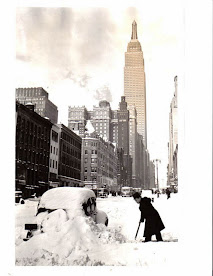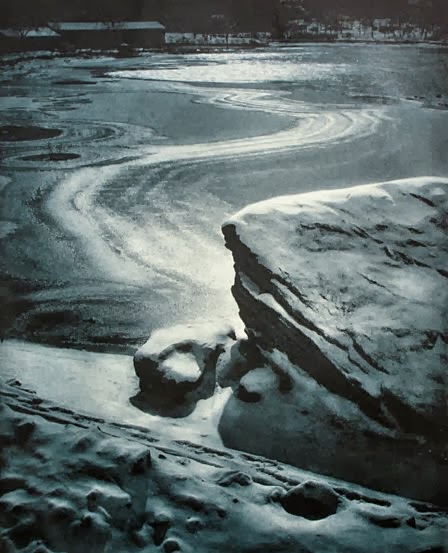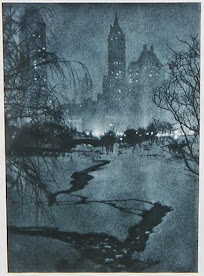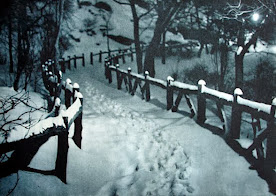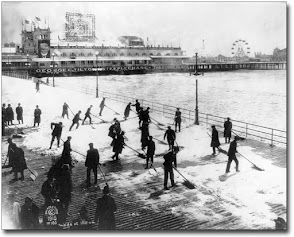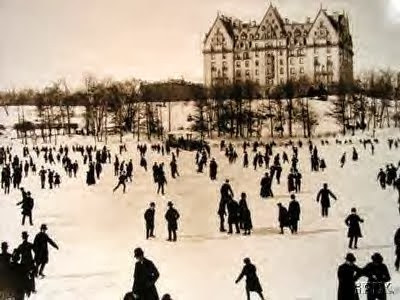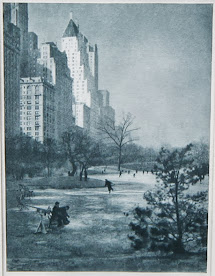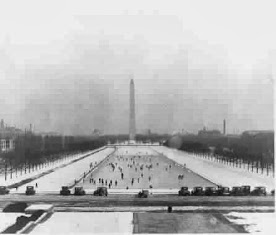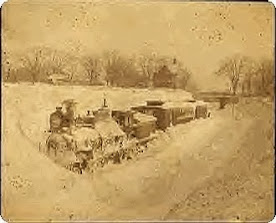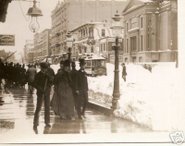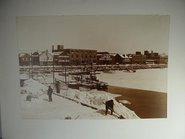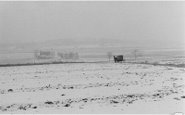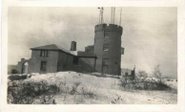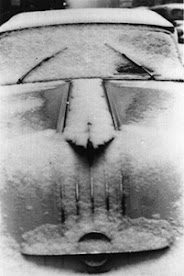Winter '09 / '10 - 9th Annual 'Season-total' Snowfall Forecast Contest - Last Call!
Full details here.
Hope to have forecaster summary posted Tuesday evening...01 December.
Snowfall forecasting contests for 27 stations across New England and the Mid-Atlantic regions ... since 1999
"WSI expects the upcoming period (December-February) to average cooler than normal in the eastern and south-central US, with above-normal temperatures common across the western and north-central US. The WSI seasonal outlooks reference a standard 30-year normal (1971-2000).More...
"The combination of the current El Nino event, abundant Eurasian snow cover, and a favorable pattern of ocean temperatures in the Atlantic Ocean suggest that this winter will be a cold one in the eastern US, especially after the New Year" said WSI seasonal forecaster Dr. Todd Crawford.
"There are even indications that a significant pattern change will occur in late November and that December may be colder than we are currently forecasting.
"In December, WSI predicts...
Northeast - Warmer than normal
"In January...
Northeast - Colder than normal
"In February...
Northeast - Colder than normal"

"The National Oceanic and Atmospheric Administration has extended its lease at its World Weather Building in Suitland, providing an alternative for space as its legal dispute over a new College Park location drags on with the bankrupt Opus East, according to Grubb & Ellis Co., which represents the current landlord.Source...
"The agency will remain for an unspecified time at its longtime home of the National Centers for Environmental Prediction and the National Weather Service. NOAA occupies the 137,004-square-foot facility at 5200 Auth Road.
"Opus East stopped work this summer and sued the General Services Administration for back payments on the College Park project, which was nearly completed. Opus said it put more than $36 million into the complex but that the GSA held up payments over disputed add-on work. The resulting liquidity crunch contributed to Opus Corp. of Minneapolis declaring bankruptcy for Opus East of Rockville."
"With moderate strength El Nino's (sic) [like this one] we have statistically the greatest chance of above-normal snowfall."Sadly..no.
"What they're saying is that not all El Niño winters are alike for the mid-Atlantic states. Some will be snowy; some not. Here's how they tend to break down, according to Klein:
"On average, weak El Niño winters bring below-average temperatures and below-average precipitation. Not generally conducive to lots of snow.
"Strong El Ninos, on average, bring us above-normal temperatures and precipitation. The cold air tends to remain well to our north, so most of the precipitation falls as rain rather than snow."
"The combination of the current El Nino event, abundant Eurasian snow cover, and a favourable pattern of ocean temperatures in the Atlantic Ocean suggest that this winter will be a cold one across much of northern and central Europe, especially after the New Year..."WSI also expects below normal temperatures during the three-month period in eastern and south-central parts of the United States..."
"This image was created with data collected OSTM/Jason 2 during a 10-day period centered on November 1, 2009. Red and white areas in the central and eastern equatorial Pacific were 100 to 180 millimeters (4 to 7 inches) above normal. In the western equatorial Pacific, blue and purple areas show where sea levels were between 80 and 150 millimeters (3 and 6 inches) below normal.
"Sea surface height is an indication of temperature because water expands slightly as it warms and contracts as it cools. The elevated sea levels in the central and eastern Pacific are equivalent to sea surface temperatures more than one to two degrees Celsius above normal (two to four degrees Fahrenheit)."
"By mid-November 2009, the NINO3.4 SST anomaly index had risen to values indicative of the moderate El Niño category. Up until recently, the event had maintainined (sic) only a weak magnitude, but strong and persistent westerly wind anomalies during September, and especially those during October, substantially increased the SST anomalies in the central and eastern equatorial Pacific.
"Those wind anomalies also had a substantial impact on the sub-surface ocean, deepening the thermocline. This could allow for further growth and will certainly provide several months of persistence to the current event. The wind anomalies in the western Pacific have become easterly since early November, suggesting that much of the rrecent (sic) wind anomalies are due to passage of a very strong MJO, or intraseasonal (sic) variability.El Niño conditions are expected to persist through the end of the calendar year and possibly a few additional months.
Recent performance trends show the models respond too quickly (slowly) when temperature anomalies are rising (falling)."Out of a large set of dynamical and statistical forecast models, nearly all indicate maintenance of El Niño conditions during the Nov-Dec-Jan season currently in progress. Overall, based on model forecasts and current observations of the ocean surface and subsurface, for the coming Dec-Jan-Feb season the probability for El Niño conditions is estimated at 96%, and for ENSO-neutral conditions approximately 3%. The estimated strength of this El Niño event now appears moderate, and the most likely period of duration is through early 2010."
 The Climate Prediction Center issued its final winter outlook (0.5 month long-lead) today. Essentially unchanged from last month's outlook.
The Climate Prediction Center issued its final winter outlook (0.5 month long-lead) today. Essentially unchanged from last month's outlook.“It is a bad winter... It’s going to turn real nasty.More ...
“In March it looks even worse than it does (in January)...”
"Mr. Schulz uses the width and height of pig spleens to determine if the up-coming winter will be mild and dry or cold and snowy.
"His outlook this year: buy a new shovel."
 The two tables show the top-5 analog years for QBO. The top table displays the rank of the corresponding years for other teleconnection indexes, i.e., the 1991 PDO is ranked fourth of all PDO analog years. The 'Total' column sums all 'rank' values for the analog year. Low score wins with this decision analysis scheme. North American snow cover (NA SN) is not included in the scoring b/c data are not available for all analog years.
The two tables show the top-5 analog years for QBO. The top table displays the rank of the corresponding years for other teleconnection indexes, i.e., the 1991 PDO is ranked fourth of all PDO analog years. The 'Total' column sums all 'rank' values for the analog year. Low score wins with this decision analysis scheme. North American snow cover (NA SN) is not included in the scoring b/c data are not available for all analog years.

